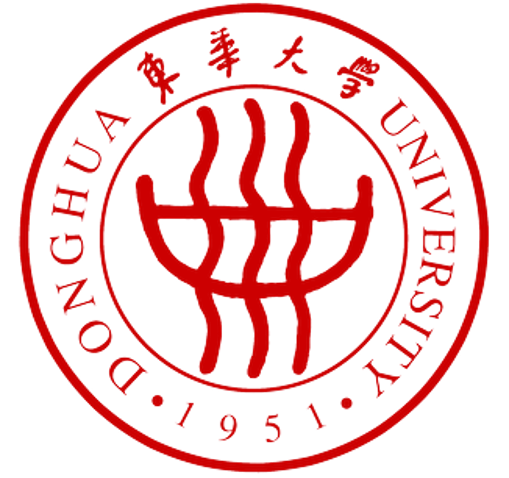Thermodynamics of Hyperbranched Poly(ethylenimine) with Isobutyramide Residues During Phase Transition...
Abstract
The thermodynamic behavior of hyperbranched poly(ethylenimine) with isobutyramide groups (HPEI-IBAm) during thermal-induced phase transition in water was investigated by turbidity measurement, calorimetric measurements (DSC), FT-IR, and dynamic light scattering (DLS). Both turbidity and calorimetric measurements indicated a recoverable phase transition with a small hysteresis. Detailed FT-IR investigation gave an insight into its molecular mechanism about detailed group interaction during the heating–cooling process. The second derivative and Gaussian fit were carried out to separate three components of ν(C═O): 1648, 1625, and 1600 cm–1, which are assigned to C═O···D—N H-bonds, single and double H-bonded carbonyl groups with water molecules, respectively. Quantitative analysis of amide I groups indicates a better revival compared to PNIPAM. The isosbestic point determination and 2D correlation analysis together with dynamic light scattering were applied to draw out the mechanism. Thermosensitive HPEI-IBAm dissolves in water exhibits small particles of ca. 3 nm at room temperature at first. As temperature increases, the polymer begins to shrink and water is driven out from the polymer. Finally, the polymer results in a hydrophobic sphere, which aggregates further for a relative stable state upon heating. Above LCST, C═O···D—N hydrogen bonds form with the disassociation of C═O···D2O, which helps in the dehydration of CH groups. Upon cooling, the driven force of the transition is the hydration of CH groups. Compared with linear-PNIPAM, the globule-like hyperbranched polymer has a high specific area which endows the groups with a high degree of freedom and more sufficient interaction with water.

<<全文链接>>

